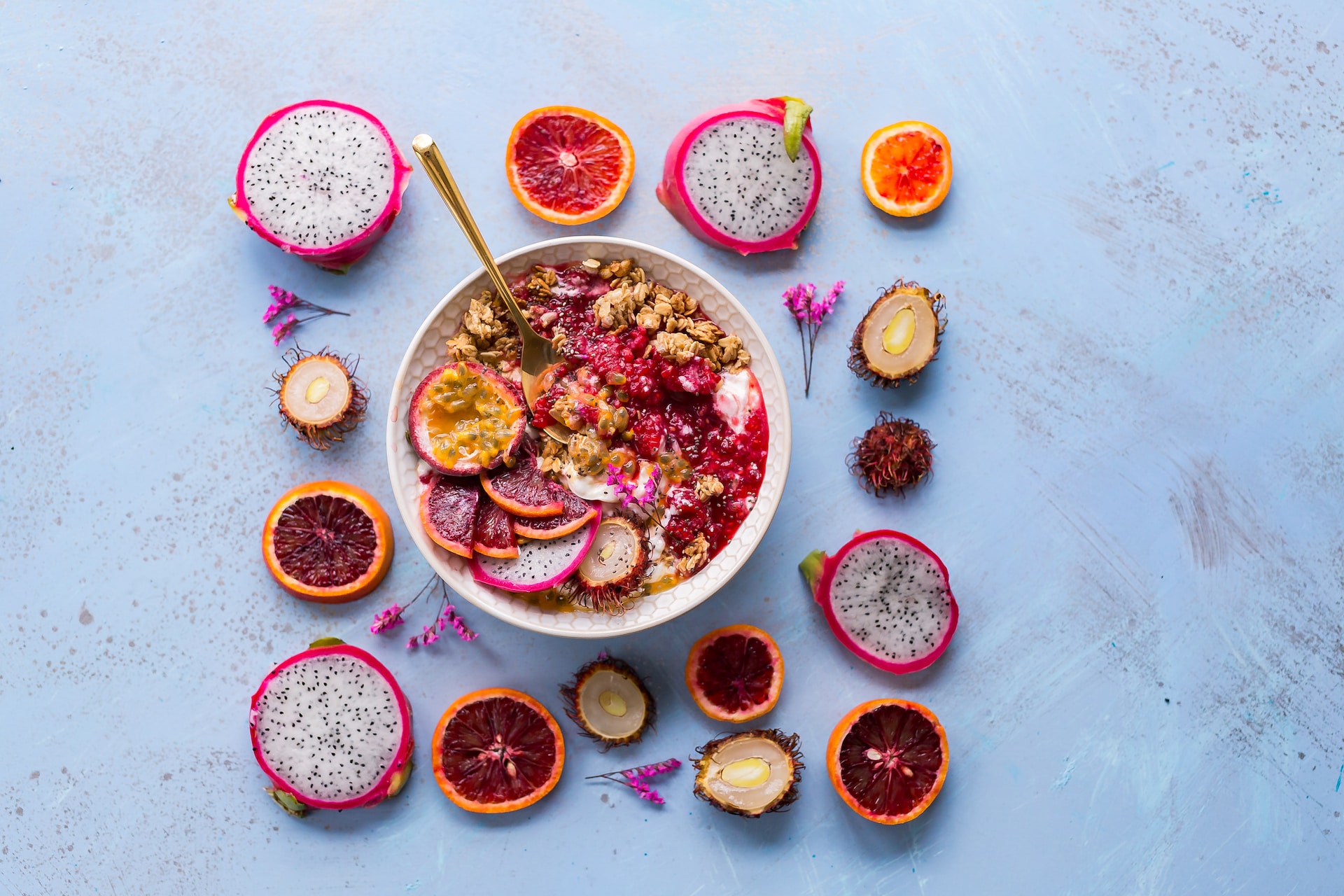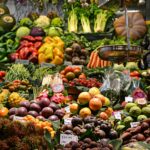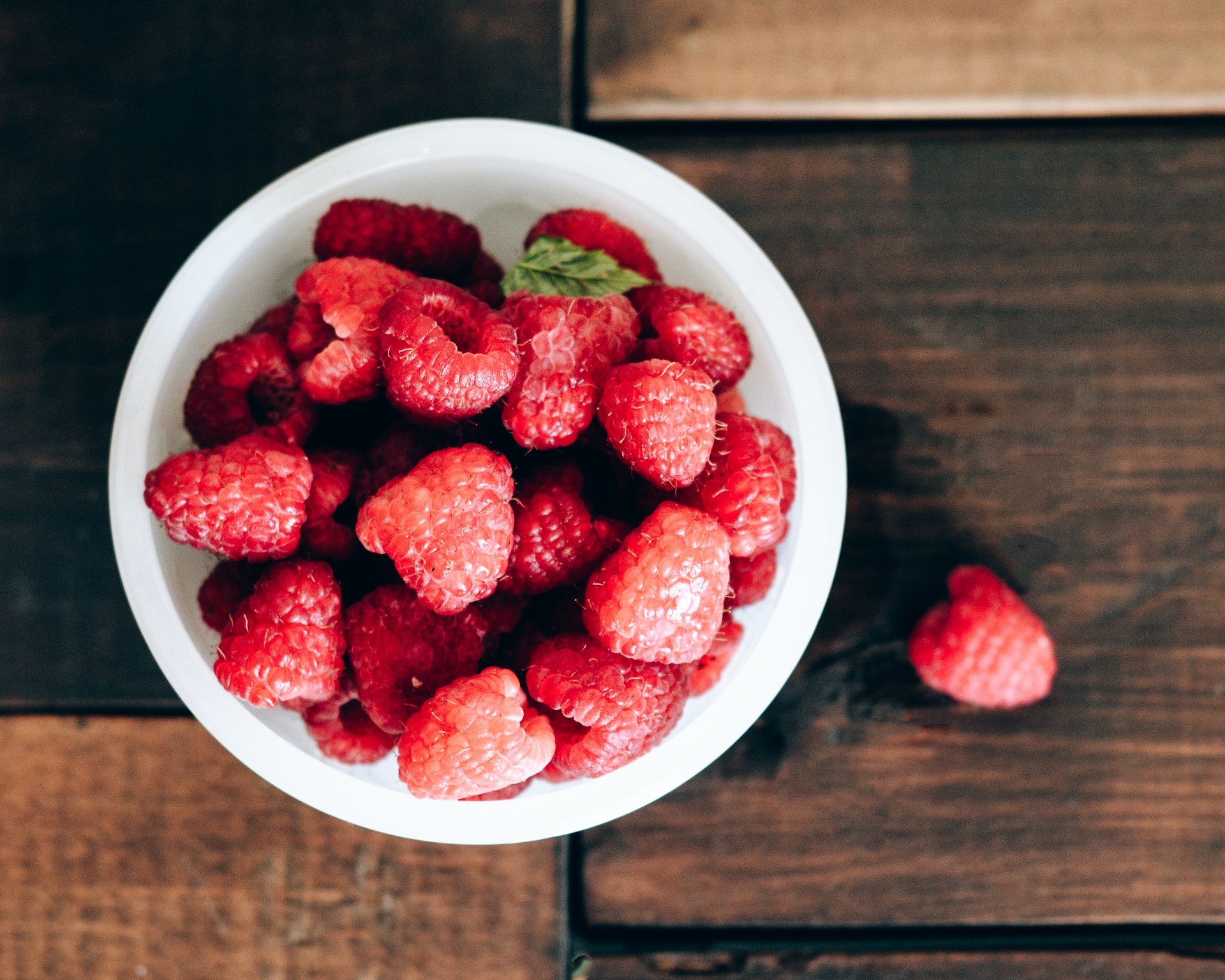Choosing the Right Tropical Fruits for Drying
For a nature lover, one of the best ways to preserve the bounty of tropical fruits while reducing your carbon footprint is through drying. But how do you choose the right tropical fruits for drying? The secret lies in the fruit’s moisture content, texture, and flavor.
Fruits with less moisture like bananas, mangoes, pineapples, and papayas are ideal for drying. Their texture and pronounced flavors also make them popular choices for this method of preservation. It’s essential to consider the fruit’s flavor compatibility with the drying process – fruits that have a concentrated, robust taste when fresh typically result in more flavored dried versions.
In addition, the type of tropical fruit chosen hugely influences the method of drying to be used and the final product’s taste and texture. For instance, drying mangoes may require a different approach than drying guavas. Thus, understanding the nature of the fruit dramatically impacts the overall drying process.
Preparing Tropical Fruits for the Drying Process
The process of drying tropical fruits begins with thorough washing. Particularly for fruits with edible skins like apples and pears, cleaning the surface is crucial to remove any lurking bacteria or pesticide residues.
After washing comes the cutting and peeling phase. This might vary depending on the type of fruit. Peeling is necessary for fruits like pineapples, while others like bananas benefit from slicing into thin, even pieces to facilitate even drying.
For fruits with seeds or pits such as cherries, it’s vital that you remove them before drying. This helps in efficient drying and makes the dried fruit safer to consume.
Exploring the Freeze Drying Method for Tropical Fruits
Though traditional drying methods have their positives, a more robust solution has caught the eye of food preservation enthusiasts- the freeze drying method. Despite being energy-intensive and somewhat pricey, scientific evidence shows that freeze drying is efficient in retaining maximum nutrients and bioactive compounds in fruits.
This method involves a process called sublimation, where water in the frozen fruit transitions to vapor without passing through the liquid phase. The result is a dried fruit with preserved textures, colors, and most importantly, nutrients.
Homemade Methods of Drying Tropical Fruits
Despite the advantages of the freeze-drying method, homemade methods for drying tropical fruits cannot be overlooked. They are cost-effective, accessible, and promote a DIY approach that aligns with sustainable living.
For instance, sun drying could be as simple as laying your sliced tropical fruits in the sun and covering them with a thin cloth to keep off dust and insects. Oven drying, on the other hand, involves setting a low temperature for a prolonged period which results in dried fruits without losing much nutritional content. There are also food dehydrators specifically designed for drying fruits, vegetables, and meats. Air drying, a method preferred for herbs, can also be adopted for fruits.
Storing and Using Dried Tropical Fruits
After drying your tropical fruits, storing them properly is crucial to maintaining their freshness. Air-tight containers are recommended to keep moisture and bugs out. Stored in a cool, dark, and dry place, dried fruits can maintain their quality for up to a year.
Check your storage container from time to time for signs of moisture or mold, which could suggest the dried fruits have spoiled. Discoloration and off smell are also indicators that the dried fruits are no longer fit for consumption.
In terms of usage, dried tropical fruits can be added to cereals, used in baking, or turned to powder to add flavor to juices and smoothies. Eating them straight as snacks is also an option for a quick and nutritious treat.
Drying tropical fruits is a delightful and sustainable way to preserve these flavorful and nutrient-filled delights. The key is understanding the fruits, following a reliable method, and ensuring proper storage. This not only helps you enjoy the tropical fruits longer, but it also contributes to a reduced impact on the environment.




